AI Dresses Beijing's Landmark Buildings in New 'Sweaters'
The temperatures have dropped dramatically as early winter stealthily arrived. Thanks to AI technology, these iconic buildings in Beijing have "put on" cozy woolen sweaters. See if you can still recognize them.

The White Pagoda of Beihai Park, a symbol of the royal garden, is situated on Qionghua Island within the park.
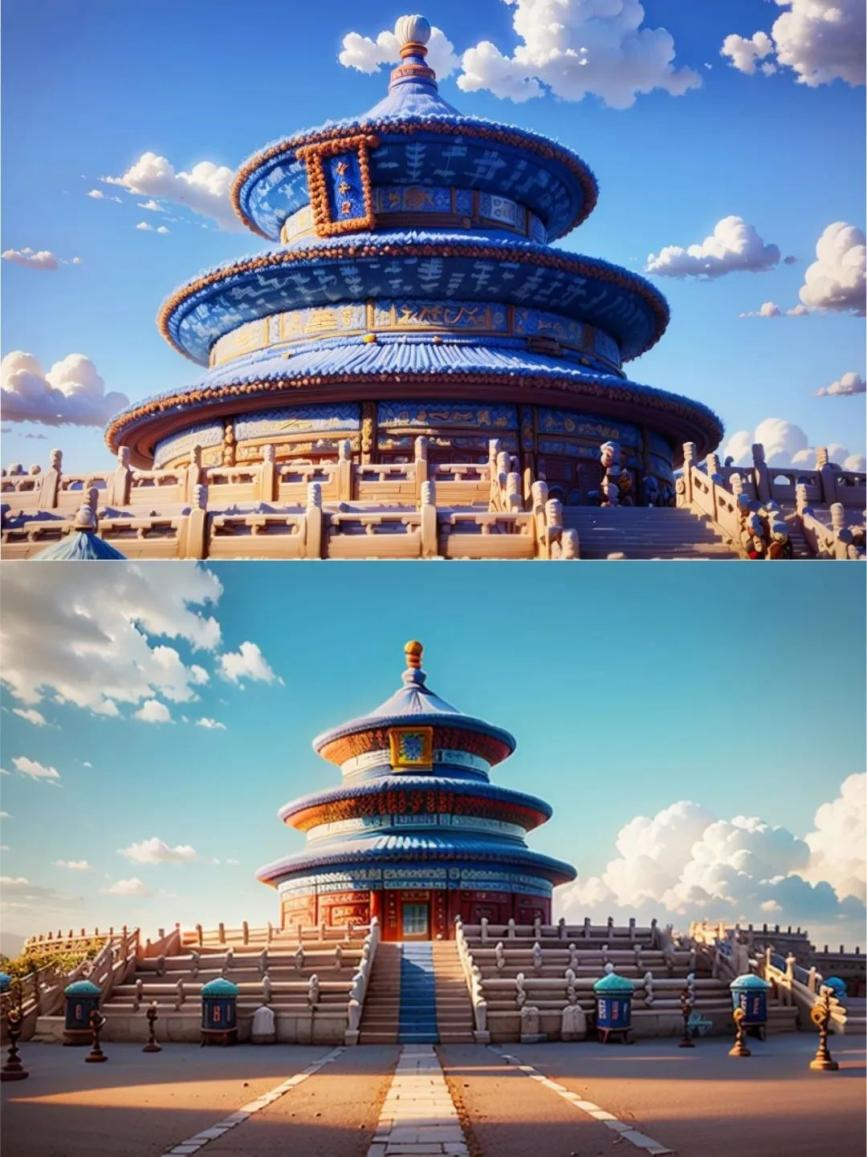
The Temple of Heaven, first constructed in 1420 during the reign of Emperor Yongle of the Ming Dynasty, serves as a place for emperors of the Ming and Qing dynasties to worship the heaven and pray for bountiful harvests. One of its landmarks is the Hall of Prayer for Good Harvests, known as "Qinian Dian" in Chinese.

Beijing CBD, home to half of the regional headquarters of multinational corporations in Beijing, serves as the forefront of the capital's opening-up, and an important window for international exchanges. (Photos via the official WeChat account of the Management Committee of Beijing CBD)
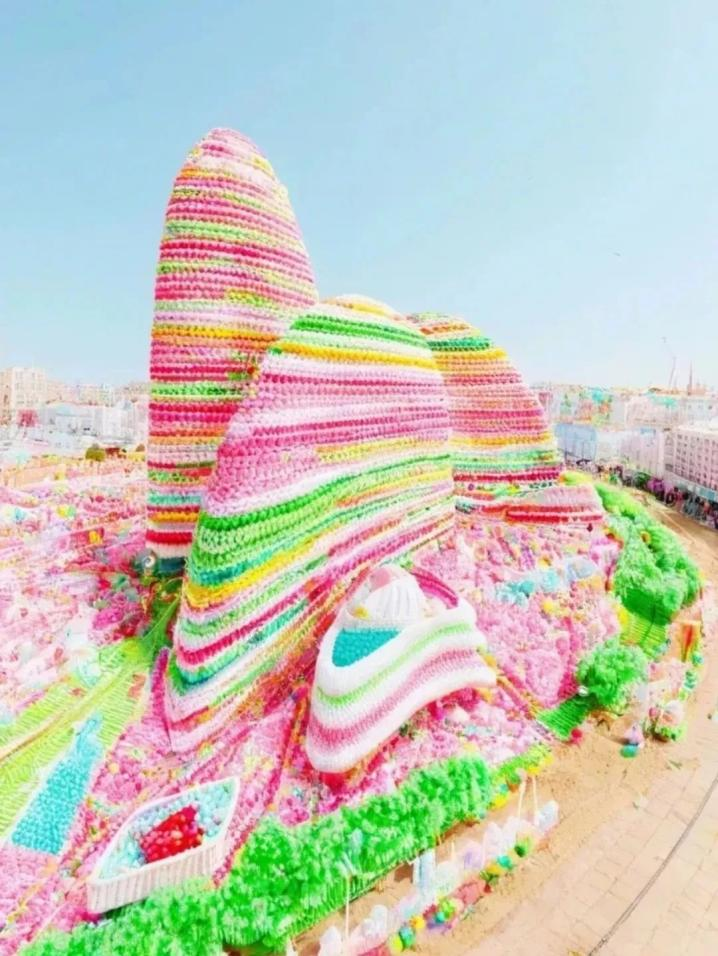
Wangjing SOHO, the most iconic landmark in Wangjing, was designed by Zaha Hadid, a world-renowned architect. (Photo via Wangjing New Talk)
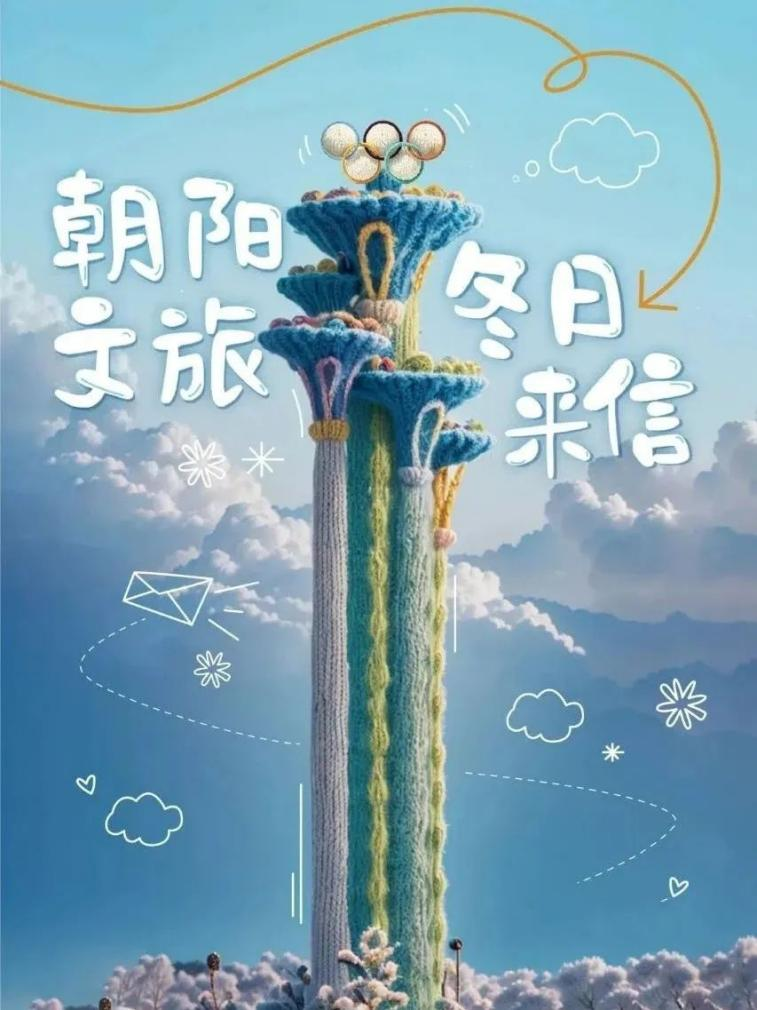
The Olympic Tower, comprising five separate towers, provides a good view of the whole city from its open-air observation deck at the top. (Photo via WeChat account "Chaoyang Wenlv Chao Shenghuo")

One of the well-known historic military passes on the Great Wall is Juyongguan Pass, where you can observe the mountain peaks rising one over the other in the distance as well as the verdant surroundings and picturesque landscape. (Photo via the Tiantongyuan edition of Beijing Youth Daily Community Newspaper)
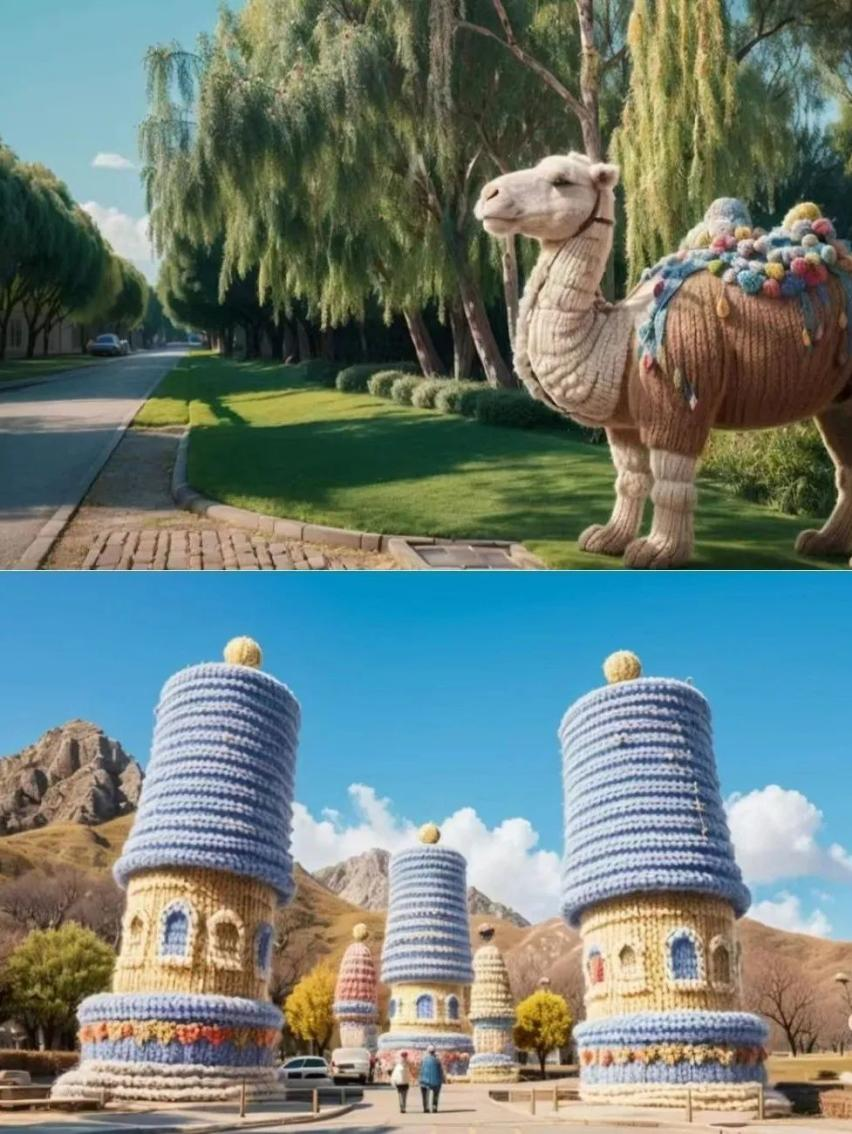
The Ming Tombs, where 13 emperors of the Ming Dynasty were buried, were inscribed on the World Heritage List in 2003. Yinshan Pagoda Forest is located in the northern part of Changping District. (Photos via the Tiantongyuan edition of Beijing Youth Daily Community Newspaper)
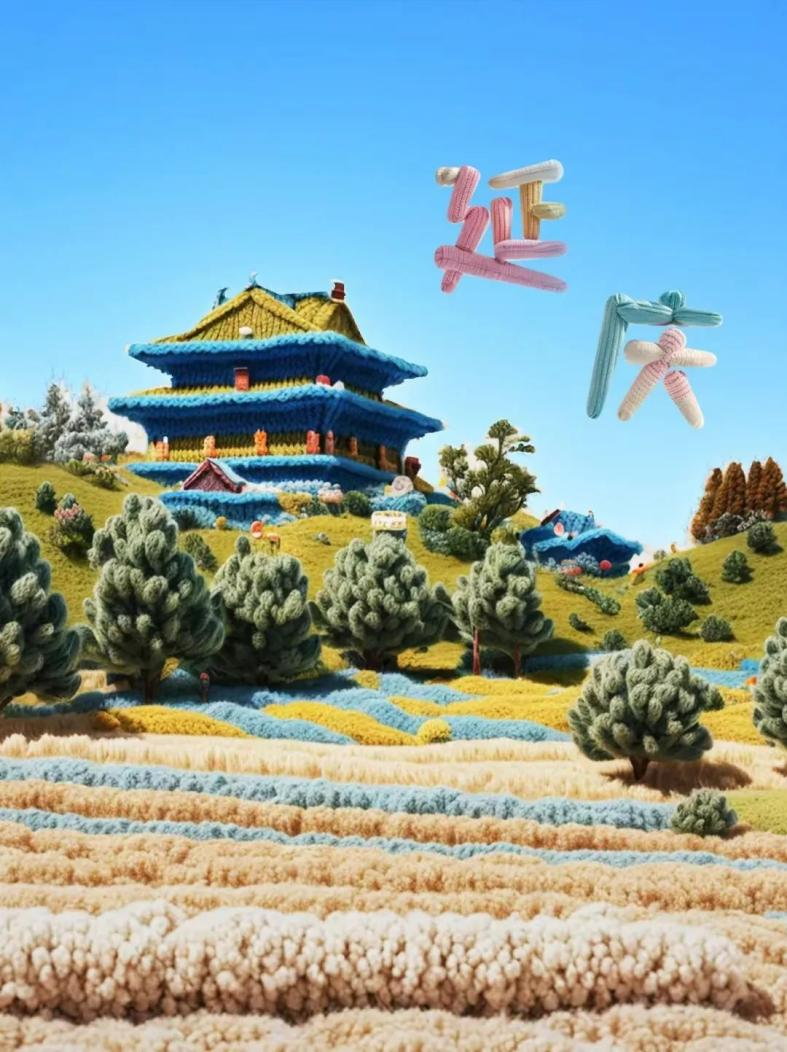
Beijing Expo Park's Yongning Pavilion showcases the ancient architectural style of northern China during the Tang and Liao dynasties. The pavilion, located at the park's highest point, provides a broad perspective of the entire area as well as a far-off view of Haituo Mountain in the north and the Great Wall in the south. (Photo via Yanguang Convergence Media AIGC)
(Source: Official WeChat account of Beijing Municipal Bureau of Culture and Tourism)


